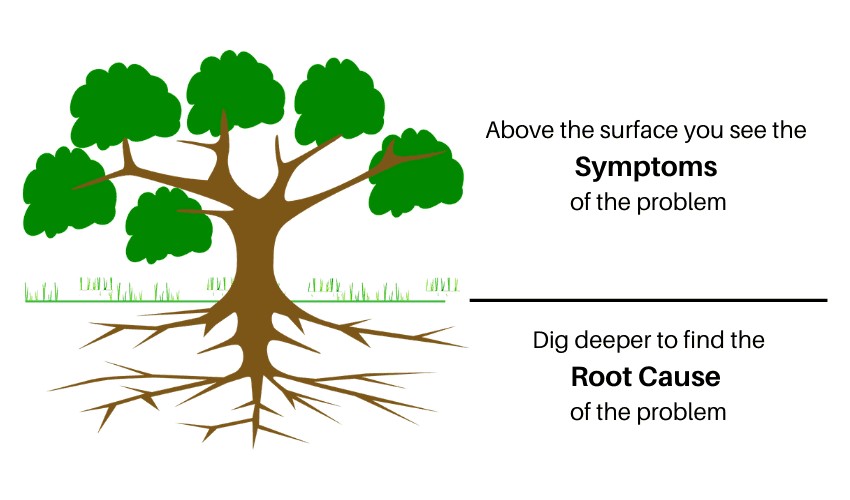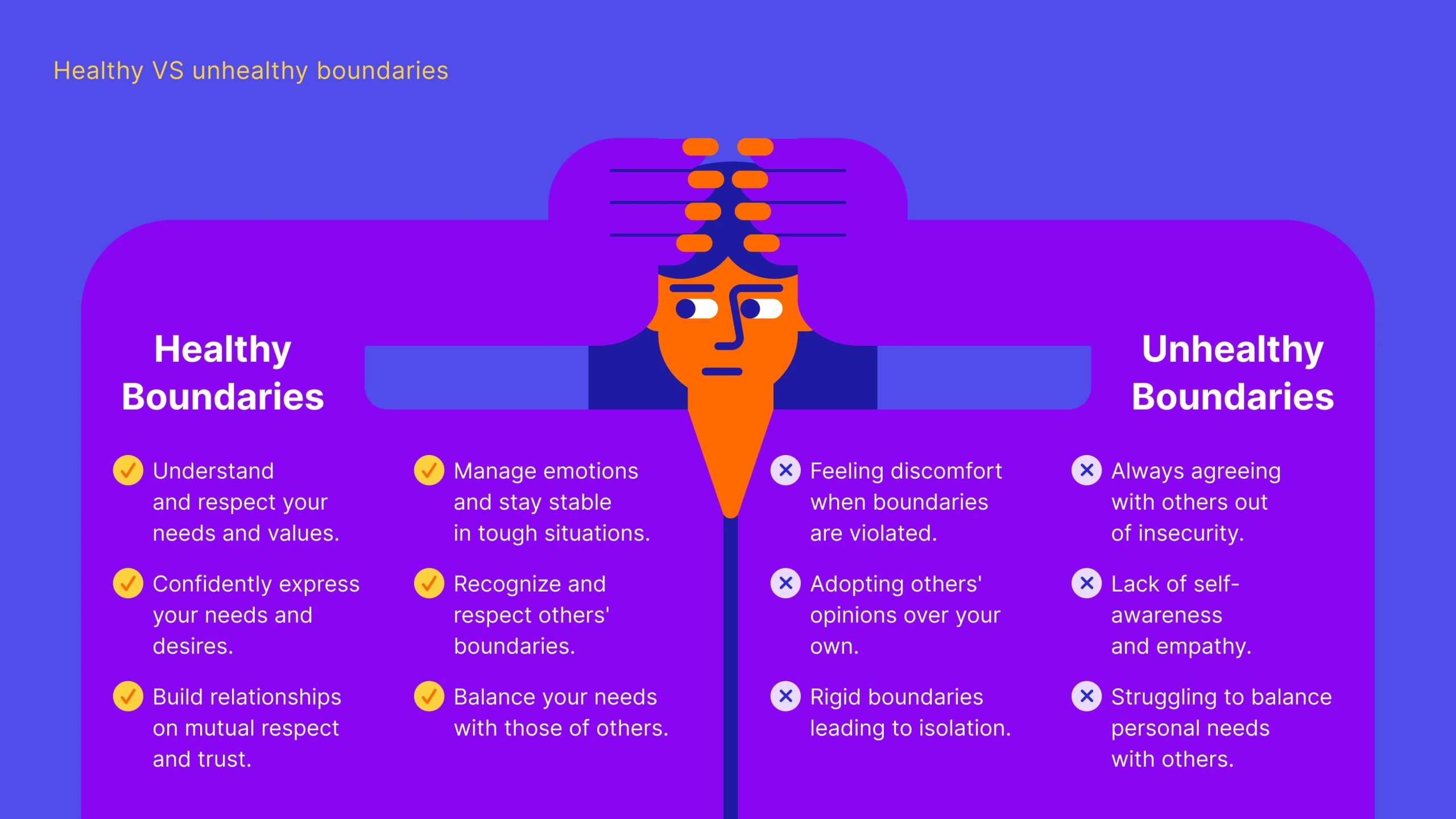In both healthcare and business, the tendency to focus on symptom management is deeply ingrained. It’s often faster, more convenient, and seemingly effective in the short term. Whether it’s prescribing medication to alleviate discomfort or implementing a quick fix to address declining sales, treating symptoms can offer immediate relief. But beneath the surface, unresolved root causes continue to exert pressure, quietly undermining long-term outcomes. Shifting from symptom management to root cause resolution requires a different mindset—one that values depth over speed, sustainability over convenience, and insight over reaction.
The challenge lies in the fact that symptoms are more visible and easier to quantify. In a medical context, pain, fatigue, or inflammation are clear indicators that something is wrong. In business, declining revenue, low employee engagement, or customer churn signal that attention is needed. These symptoms demand action, and understandably so. But when the response stops at surface-level treatment, the underlying issues remain untouched. A company might offer bonuses to boost morale without addressing a toxic culture. A patient might take painkillers without exploring the lifestyle factors contributing to chronic discomfort. In both cases, the relief is temporary, and the problem persists.
Addressing root causes requires curiosity and patience. It means asking deeper questions and being willing to sit with complexity. In healthcare, this might involve exploring how stress, diet, sleep, and environment contribute to a condition. A practitioner focused on root causes will look beyond the diagnosis and consider the whole person. Similarly, in business, leaders who seek root causes will examine systems, behaviors, and incentives. They’ll ask why a process is failing, not just how to patch it. This approach takes time, but it yields more durable solutions.
One of the most powerful tools in root cause analysis is pattern recognition. Symptoms often repeat or cluster, pointing to systemic issues. For example, if multiple departments in a company report communication breakdowns, the problem may not be isolated—it may stem from structural silos or unclear leadership. In medicine, recurring symptoms across different body systems might suggest an inflammatory condition or hormonal imbalance. Recognizing these patterns allows for more targeted interventions. It shifts the focus from isolated incidents to interconnected dynamics.
The shift toward root cause thinking also fosters accountability. When solutions are superficial, it’s easy to blame external factors or treat problems as isolated events. But when you dig deeper, you often uncover internal misalignments—whether in strategy, culture, or behavior. This can be uncomfortable, but it’s also empowering. It means you have the ability to influence outcomes, not just react to them. In business, this might involve rethinking hiring practices, leadership development, or customer engagement strategies. In healthcare, it might mean supporting patients in lifestyle changes rather than relying solely on prescriptions.
Technology can support this shift, but it must be used wisely. Data analytics, diagnostics, and feedback tools can reveal patterns and correlations that point to root causes. However, they’re only as effective as the questions behind them. A dashboard might show declining sales, but it takes thoughtful analysis to uncover whether the issue is pricing, product-market fit, or customer experience. In healthcare, lab results can highlight imbalances, but understanding how those imbalances arose requires a broader lens. Technology should enhance insight, not replace it.
Culture plays a significant role in whether organizations and individuals embrace root cause thinking. Environments that reward quick fixes and penalize failure often discourage deep inquiry. By contrast, cultures that value learning, transparency, and long-term thinking create space for meaningful problem-solving. Leaders set the tone by modeling curiosity and resilience. When they prioritize understanding over blame and progress over perfection, they create conditions where root causes can be explored and addressed.
The benefits of this approach are far-reaching. In healthcare, addressing root causes can lead to better outcomes, lower costs, and improved quality of life. Patients feel heard and empowered, and practitioners experience greater fulfillment. In business, root cause resolution leads to stronger systems, more engaged teams, and sustainable growth. It reduces the need for constant firefighting and creates a foundation for innovation. The process may be slower, but the results are more enduring.
Ultimately, moving beyond symptom management is about shifting from reaction to intention. It’s about recognizing that symptoms are signals, not solutions. They point to deeper truths that, when explored, can lead to transformation. This mindset doesn’t just solve problems—it builds capacity. It equips individuals and organizations to navigate complexity with clarity and confidence. And in a world that often prioritizes speed over substance, that kind of depth is not only rare—it’s invaluable.





